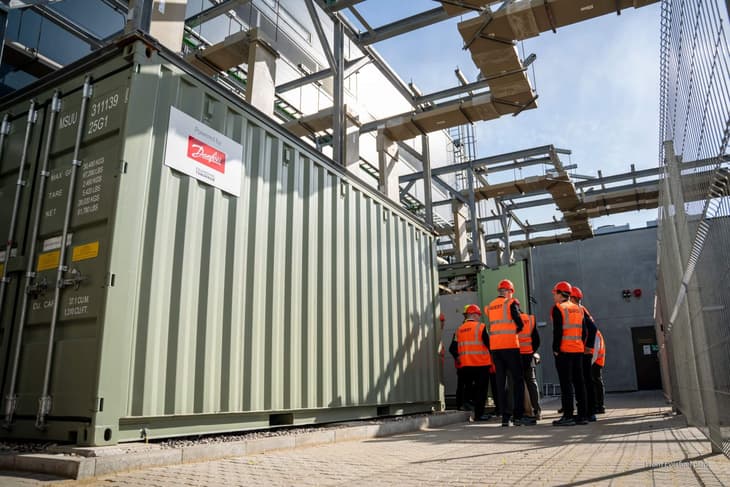Hydrogen needs to be produced efficiently and strategically directed for use in hard-to-abate sectors to reach its full potential, according to a Danfoss report.
The Danfoss paper, Green Hydrogen: A Critical Balancing Act, identified that hydrogen is set to consume over half of today’s electricity demand by 2050, meaning hydrogen production should be recognised as a limited resource.
By 2050, Danfoss has reported that hydrogen will be the largest single source of electricity demand.
... to continue reading you must be subscribed





